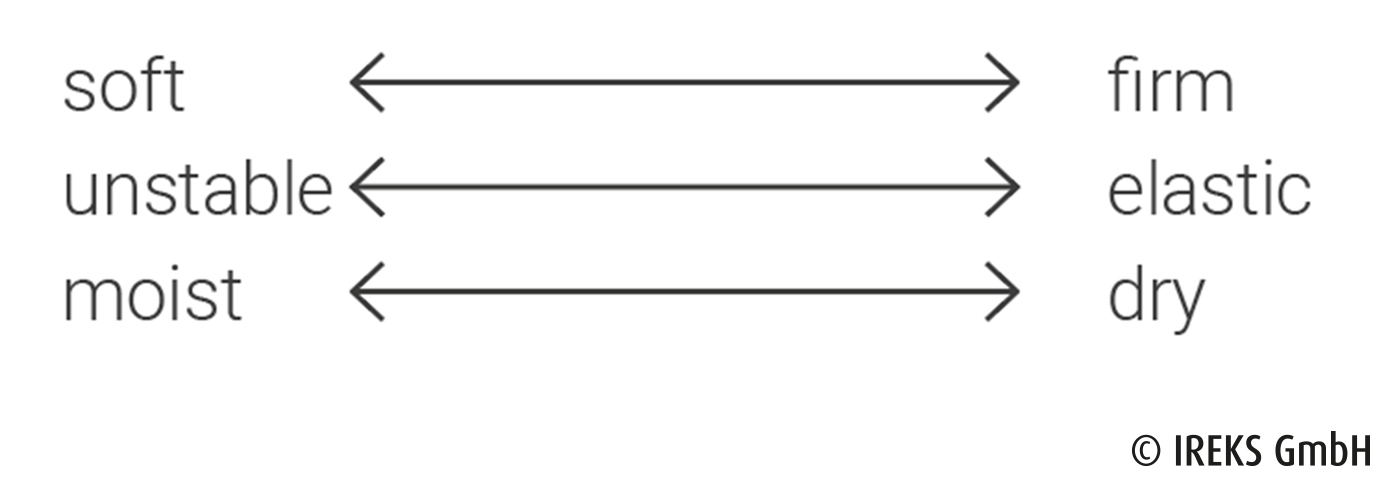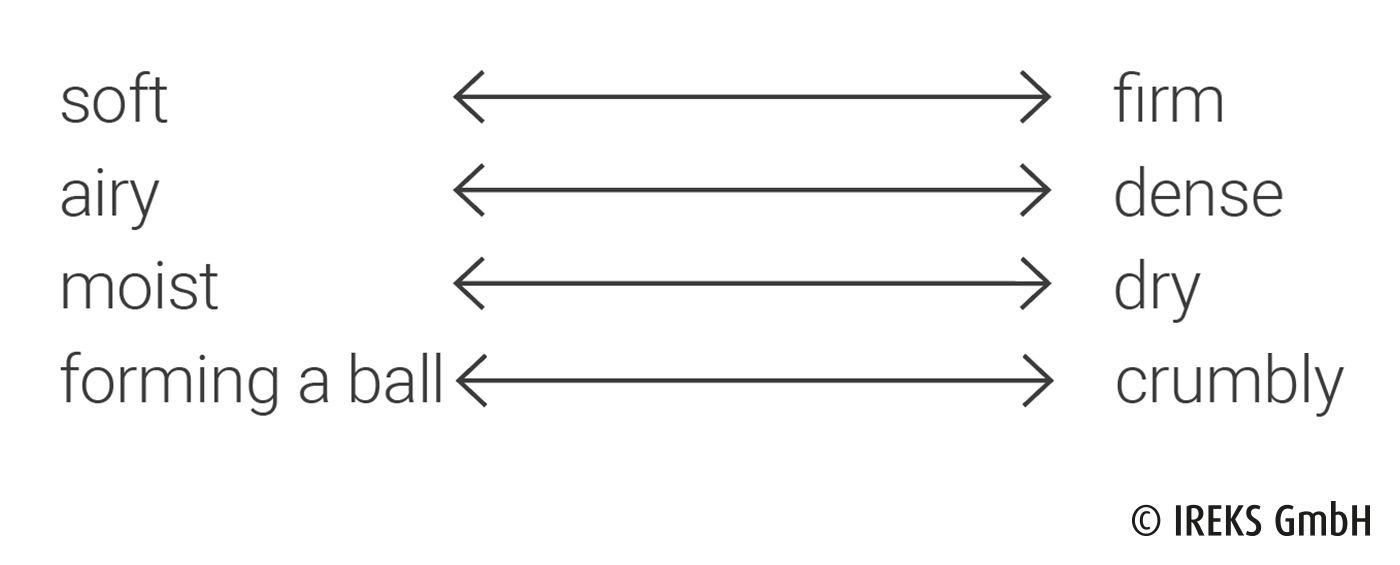The human being is not a classic “measuring instrument” which can be calibrated or set exactly. The sensory perception and performance capability of each sense is developed individually in each human being. At the same time, the human being is a “measuring instrument” with an attached computer (brain), which permits the impressions received by the senses to be perceived and processed simultaneously.
The human being can carry out complex tests and evaluations of foodstuffs. These are subject to influences such as distraction, external disturbance factors and personal preferences, however. In this way, emotional impressions or stress can influence the perception of the impressions of the senses immensely. For this reason, it is very important that the “measuring instrument human being” is trained correspondingly with a high investment in material, time and costs to be able to assess the appearance, texture, smell and taste independently of one another and to increase the reliability of the evaluation.
As a result of qualifications as an examiner and by constantly training the impressions of the senses, a sensory memory can be schooled for the description of complex sense perceptions.
Manual test for crispness
The crispness of baked goods, especially in the case of wheat morning goods and speciality morning goods, can be determined by pressing the complete item of baked goods. To do this, the flat hand is placed on the test specimen and pressed downwards relatively quickly. A typically crunchy and crispy sound of the baked goods crust is created which, depending on the crispness of the baked goods, can go from soft and tender to hard and crispy. By means of the acoustics and the resistance when pressing, conclusions can be drawn regarding the crust properties.
Texture analysis by means of thumb pressure
Testing the firmness and elasticity of the crumb of bread or rolls by means of thumb pressure. For this, the slicing surface of the test specimen is pressed in using the tip of the thumb. Based on the crumb resistance and the subsequent elasticity, the texture can be judged.
Texture analysis on the palate
In the case of sensory tests, the crumb texture can be ascertained with the aid of the palate. Here the crumb is crushed by the tongue on the palate when biting. At the same time, the texture can be characterized via the chewing resistance and the moistness which the crumb shows on consumption.




